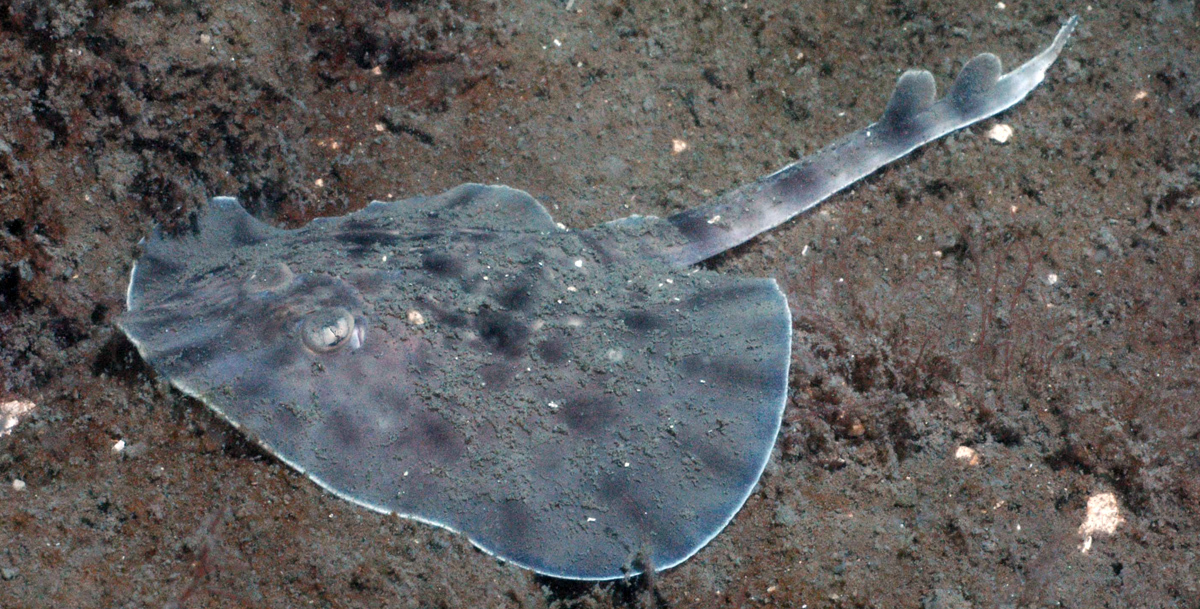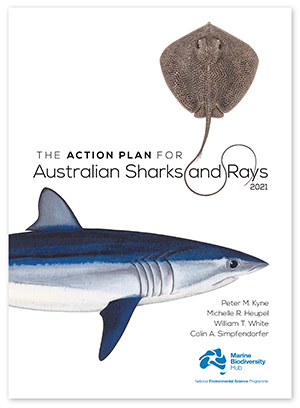
Conservation of sharks, rays and chimaeras is an increasing priority worldwide, as evidence of overexploitation of some species becomes apparent. This project delivered two publications that strengthen the knowledge base available to support decision making about shark conservation and management in Australia.
Shark Action Plan Policy Report 2018
The Shark Action Plan Policy Report 2018 reviewed extinction risk status and distribution for threatened shark species. This included data gaps and data needs, priority actions for national species assessments and listings, and common threats. It also reviewed research related to climate change effects on sharks, and policy advice on internationally-listed shark species and those listed as Conservation Dependent under the Environment Protection and Biodiversity Conservation Act 1999.

The Action Plan for Australian Sharks and Rays 2021
The Action Plan for Australian Sharks and Rays 2021 assessed the national extinction risk of Australia’s 328 shark, ray and chimaera species, according to International Union for Conservation of Nature listing criteria. The assessments considered all available information on species’ taxonomy, distribution, population status, habitat and ecology, major threats, use and trade, and conservation measures. They reveal that sharks and their relatives are faring better in Australia than in the rest of the world, with a relatively low level of threatened species. Roughly one in eight species is threatened with extinction.
The action plan recommends conservation objectives for each species, and identifies species requiring additional study to refine their status. It provides a knowledge base for policy makers, resource managers, and researchers to support management initiatives such as threatened species listings at Commonwealth state and territory levels, and sets a benchmark for measuring future changes in species’ status.
Related information
- Shark Action Plan Policy Report 2018 [publication]
- The Action Plan for Australian Sharks and Rays 2021 [publication]
- Threatened shark species ‘out of sight out of mind’: first complete national assessment of Australia’s sharks and rays [media release]
- The Action Plan for Australian Sharks and Rays [QA fact sheet]
- The Action Plan for Australian Sharks and Rays 2021 [A3 summary poster]
- The Action Plan for Australian Sharks and Rays 2021 [video]
